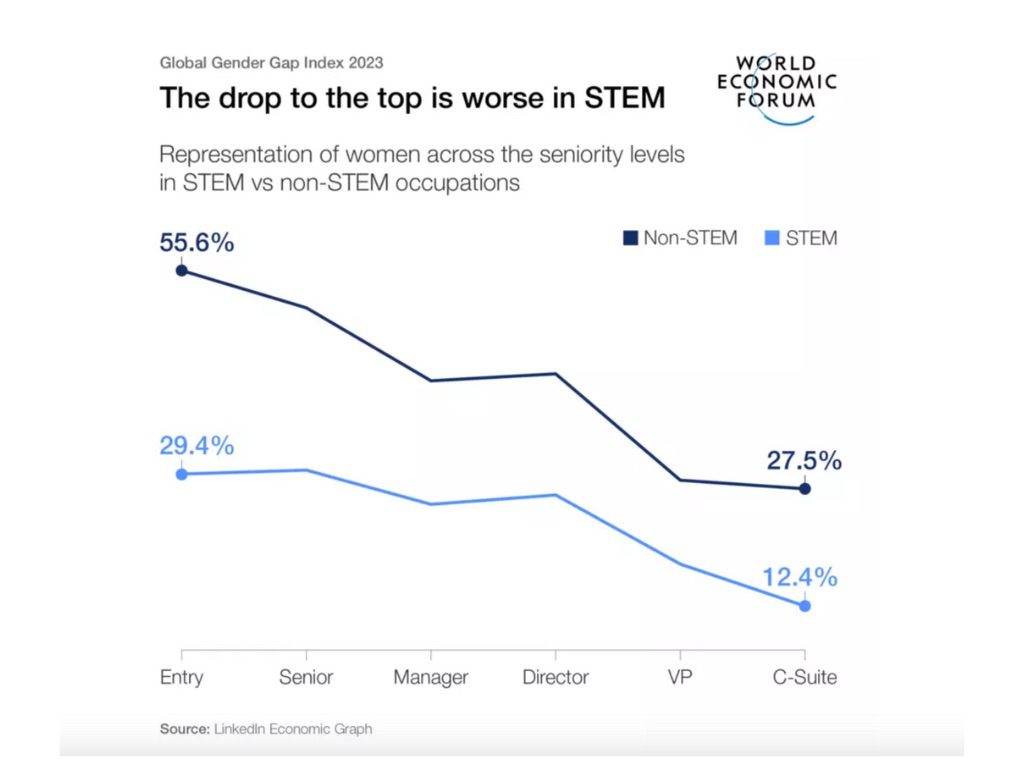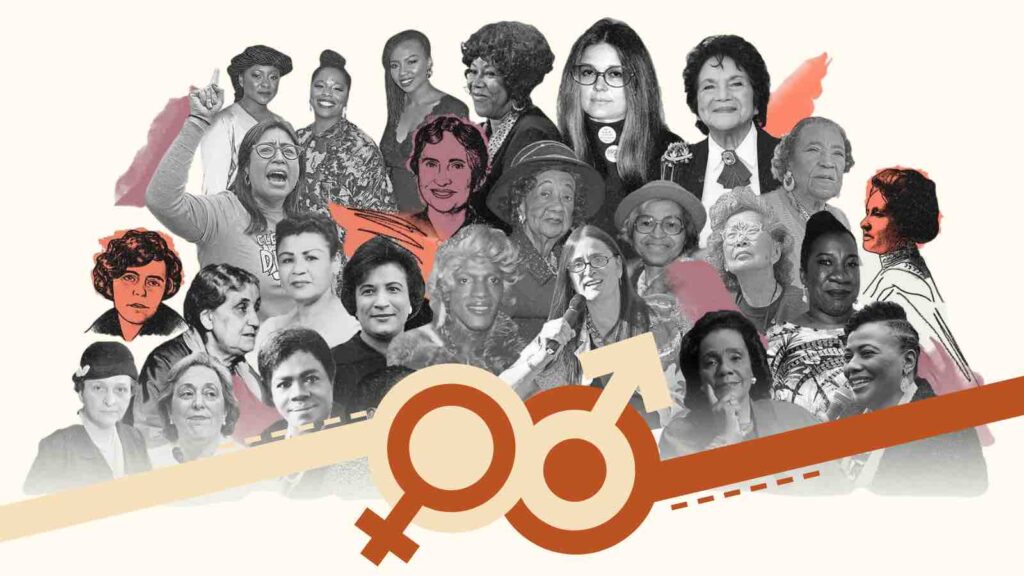COVID-19 worsens gender inequality in Asia: an unsettling long road to balanced future, according to the World Economic Forum (WEF)’s 2023 Global Gender Gap Report.
In the grand scheme of gender equality, Asia trails significantly, according to the World Economic Forum (WEF)’s 2023 Global Gender Gap Report. The East Asia and Pacific region is projected to take nearly two centuries – 189 years – to bridge the gender gap. A timeline shockingly longer than the global average of 131 years.
RELEVANT SUSTAINABLE GOALS

World Economic Forum (WEF)’s 2023 Global Gender Gap Report
The Global Gender Gap Index annually benchmarks the current state and evolution of gender parity across four key dimensions (Economic Participation and Opportunity, Educational Attainment, Health and Survival, and Political Empowerment). It is the longest-standing index tracking the progress of numerous countries’ efforts towards closing these gaps over time since its inception in 2006.
The report illuminates the stalled progress towards gender parity across four crucial domains: the economy, politics, health, and education. Nations including Japan, China, South Korea, and Indonesia illustrate the daunting reality of Asia’s stagnation on gender equality.

COVID-19 has thrown an additional wrench into the gears of progress. The pandemic has dealt a severe blow to sectors such as tourism and retail – industries where women comprise a substantial segment of the workforce. Consequently, women suffered disproportionate job losses, exacerbating existing inequalities.
The closure of schools further added to the burden borne by women, with many having to shoulder additional responsibilities at home. These compounding factors have caused a significant setback to the strides made on global gender parity.
This extensive time frame to attain gender equality in Asia not only underscores the enormity of the challenge but also signals an urgent call to action. Addressing this pervasive gender imbalance demands immediate and concerted efforts. As the world rebuilds from the pandemic, ensuring an equitable recovery for all genders is more crucial than ever.
Despite the critical role of Science, Technology, Engineering, and Mathematics (STEM) occupations in the future of work, women continue to be significantly underrepresented in these fields. According to LinkedIn data, women make up nearly half of non-STEM occupations but account for only 29.2% of the STEM workforce. Even though there has been a rise in female STEM graduates transitioning into STEM employment, the rate of retention sees a considerable decline even a year after graduation.

Despite the critical role of Science, Technology, Engineering, and Mathematics (STEM) occupations in the future of work, women continue to be significantly underrepresented in these fields. According to LinkedIn data, women make up nearly half of non-STEM occupations but account for only 29.2% of the STEM workforce. Even though there has been a rise in female STEM graduates transitioning into STEM employment, the rate of retention sees a considerable decline even a year after graduation.
You may also be interested in :
Women Have Full Equal Rights In Only 14 Countries : Women, Business, and The Law 2023 Report


